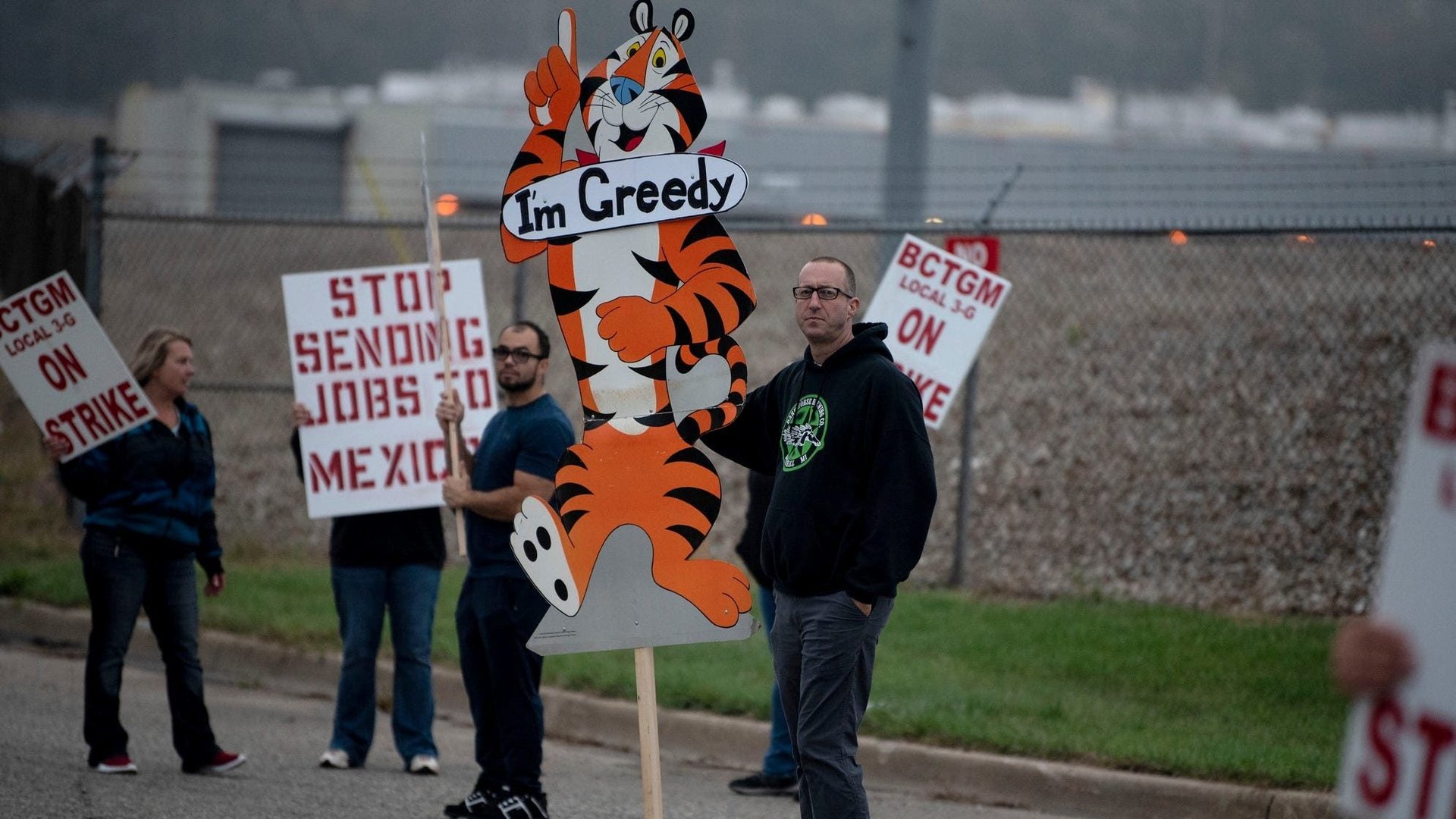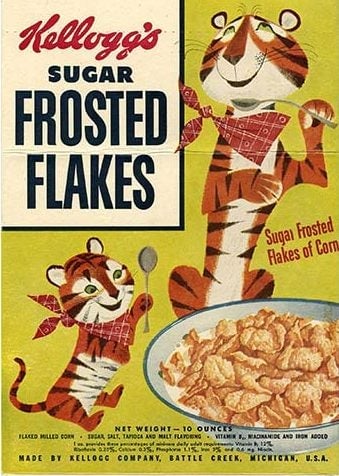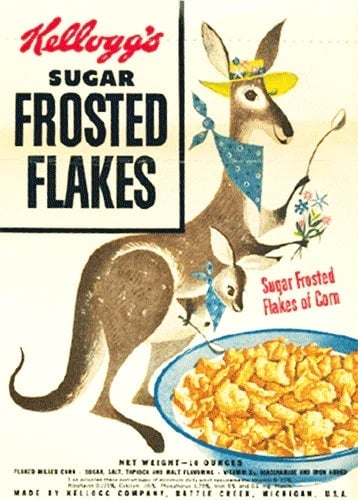The Tony the Tiger protest sign at a Kellogg’s plant could have featured a kangaroo, an elephant, or a gnu
While Tony the Tiger thinks Frosted Flakes are “grrr-eat,” hundreds of Kellogg’s factory workers think the company is “grrr-eedy”—and they’re using Tony to drive their point home.


While Tony the Tiger thinks Frosted Flakes are “grrr-eat,” hundreds of Kellogg’s factory workers think the company is “grrr-eedy”—and they’re using Tony to drive their point home.
On Oct. 5, when about 1,400 Kellogg’s workers across four US plants went on strike over payments and benefits, a poster featuring the iconic tiger appeared along the picket line in Battle Creek, Michigan. In front of Tony were the words “I’m greedy.” A digital poster by the Bakery, Confectionery, Tobacco Workers and Grain Millers International Union also features an angry Tony holding a”Kellogg’s on Strrr-ike” sign.
But Tony might not have been involved at all, if a marketing decision seven decades ago had gone another way. The protesters might instead have been using signs with a kangaroo or an elephant or a gnu.
Tony the Tiger—and Kellogg’s three other potential mascots
The orange tiger started appearing on Kellogg’s new cereal, Sugar Frosted Flakes, back in 1952. But he had to win a competition to score the coveted spot on the box.

Tony wasn’t the only critter in the Kellogg’s family back then. Three others—Katy the Kangaroo, Elmo the Elephant, and Newt the Gnu—were all created as part of a contest for packages of the new product.
Katy was on the box briefly and even made it to at least one television commercial. Newt and Elmo didn’t appear anywhere.

Tony proved more popular with consumers, and the other three characters were axed.
Tony’s evolution
Multiple theories are floating on the internet around who exactly created Tony. It could have been children book illustrators Alice and Martin Provensen; Martin Provensen alone; advertising group Leo Burnett’s Eugene Kolkey and Edward Kern, or their colleague Jack Tolzien. (If you go with the Provensens theory, then Tony had more competition from other animals they’d sketched, such as George the Giraffe, Zeke the Zebra and Pete the Porcupine.)
Regardless of his origin story, Tony’s astronomical success since cannot be ignored.
A year after Tony was created, Leo Burnett further developed Tony to feature in a four-color ad in the August issue of LIFE magazine—the first of his countless TV, magazine, and newspaper appearances.
Over time, Tony has gone from walking on four feet to two. He’s become taller, stronger, and leaner. His stance is powerful and his smile is genuine, body language experts say. And on every cereal box, he makes eye contact with his primary audience: kids. His signature red kerchief has been a staple through all the iterations.
For a while, Tony had an entire family: a wife, a mother, a son called Tony Jr., and a daughter named Antoinette. The cartoon-celebrity has appeared in a Jeopardy question, urged young people to play sport, and condemned homophobic bullying. And now, he’s also a symbol of workers’ rights.